From Molecules to Organisms: Structures and Processes
-
 Health & Medicine
Health & MedicineSnot Science: A snotty setup
We’ve got a video with a snotty experiment. Now we describe how you can do the same test yourself. Try it!
-
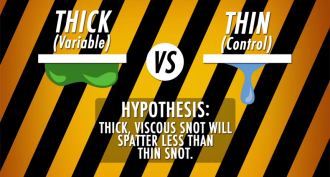 Health & Medicine
Health & MedicineSnot Science: Results are nothing to sneeze at
We tested a lot of snot, but now we need to figure out what our data mean. Here’s how to group and analyze our data.
-
 Health & Medicine
Health & MedicineScientists Say: Tinnitus
Ever had ringing in your ears? Tinnitus is a condition in which you hear a persistent sound that isn’t there.
-
 Genetics
GeneticsWorld’s tallest corn towers nearly 14 meters
Short nights and a genetic tweak helped novel corn reach record heights.
-
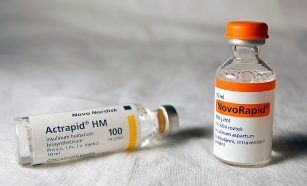 Health & Medicine
Health & MedicineScientists Say: Insulin
This chemical is a lifesaver. It helps our bodies use the sugars from our food, and without it, people develop diabetes.
-
 Health & Medicine
Health & MedicineOutdoor time is good for your eyes
Being outdoors exposes children to bright light that can be good for their eyes. Spending just one extra daylight hour outdoors each week can substantially lower their chance of becoming nearsighted, a study finds.
-
 Environment
EnvironmentFood-like smell on plastic may lure seabirds to eat it
When plastic smells like supper, seabirds and other animals can be fooled into thinking it is food.
-
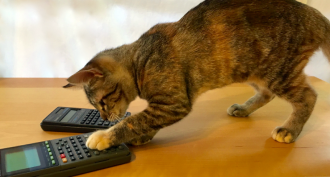 Animals
AnimalsAnimals can do ‘almost math’
Humans aren’t the only animals with a number sense. Scientists are trying to figure out where and when it evolved.
By Susan Milius -
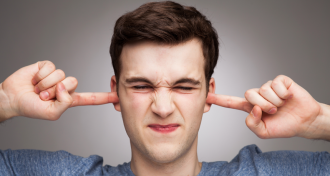
How not to grin and bear it
Three teen researchers who took part in this year’s Broadcom MASTERS competition seek to help those who clench and grind their teeth.
By Sid Perkins -
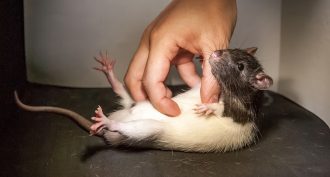 Brain
BrainTo reveal how the brain creates joy, start by tickling rats
Rats love a good tickle. Not only do they beg for more, but the action itself activates a part of the brain that detects touch, researchers find.
-
 Genetics
GeneticsScientists Say: eDNA
Animals may escape traps or nets, but they often leave DNA behind in their environment, giving scientists important clues.
-
 Psychology
PsychologyWhat makes a pretty face?
Beautiful faces are symmetrical and average. Do we prefer them because this makes them easier for our brains to process?